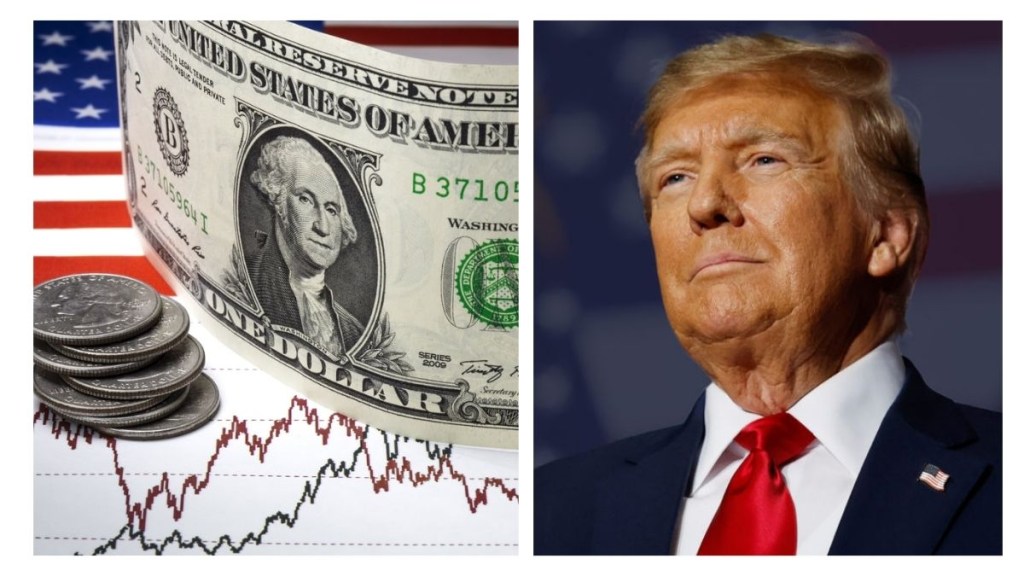The US dollar has suffered a historic setback in the first half of 2025. Falling nearly 11% against a basket of major currencies, the dollar index has recorded its steepest January-to-June decline since 1973. Behind this dramatic drop lies a potent mix of geopolitics, economic uncertainty, and aggressive policymaking under President Donald Trump’s second term. Since the start of 2025, the US dollar index has slumped 10.8%, erasing gains made over the last two years. This comes amid rising fears that Trump’s revived “America First” economic agenda may be destabilising the very financial bedrock it claims to protect. One of the starkest effects of the dollar’s weakness is seen in the British pound, which surged to $1.37, a three-year high up from $1.25 at the beginning of the year.
Tariffs and turmoil
At the heart of the dollar’s decline is a renewed trade war. Trump’s imposition of steep tariffs on key partners like China, Mexico, and Canada announced with dramatic flair as part of a “Liberation Day” strategy. This sent shockwaves through global markets. Though temporarily paused following investor backlash, the uncertainty over further protectionist measures has damaged investor confidence. Trump’s only successful trade deal so far — a bilateral agreement with the UK — has done little to ease fears of broader global trade instability. The markets briefly rallied in June, pushing the S&P 500 to record highs, but currency traders remained unconvinced.
Fiscal policy fueling the fire
Another major pressure point is Trump’s “big, beautiful” budget bill. While it promises massive tax cuts and expanded spending on immigration enforcement and infrastructure, it also adds to the ballooning fiscal deficit. The national debt currently stands at $36.21 trillion, and projections suggest it could climb as high as 156% of GDP in the next decade. This is a steep rise from the current 120%. The fiscal trajectory has raised serious alarms. Moody’s downgraded the US sovereign credit rating in May to ‘Aa1’, which indicates a rising interest obligations and persistent budget deficits
Trump v Powell
Adding further pressure is the growing speculation around monetary policy. Trump has publicly criticised Federal Reserve Chair Jerome Powell for not slashing rates fast. He has hinted at replacing Powell when his term ends in May 2026 or even sooner through unofficial channels. While Powell has maintained a cautious stance, markets are pricing in sharper rate cuts in the second half of 2025.
The prospect of lower interest rates typically reduces returns on dollar-denominated assets, prompting investors to seek alternatives. Traditionally, the US dollar strengthens during global crises as investors seek stability. But the first half of 2025 has flipped that script. Mounting debt, policy uncertainty, and political pressure on the Fed have all chipped away at the dollar’s credibility. Trump’s open support for a weaker dollar, which he argues will boost US exports, has only deepened market concerns. Accusations that other countries are manipulating their currencies have returned, but this time, US itself is seen as distorting the rules. With interest rate decisions looming and the possibility of more tariffs on the table, the dollar’s trajectory remains highly uncertain. The second half of 2025 could either see a rebound if global conditions stabilise or further declines if Trump intensifies his interventionist policies.

